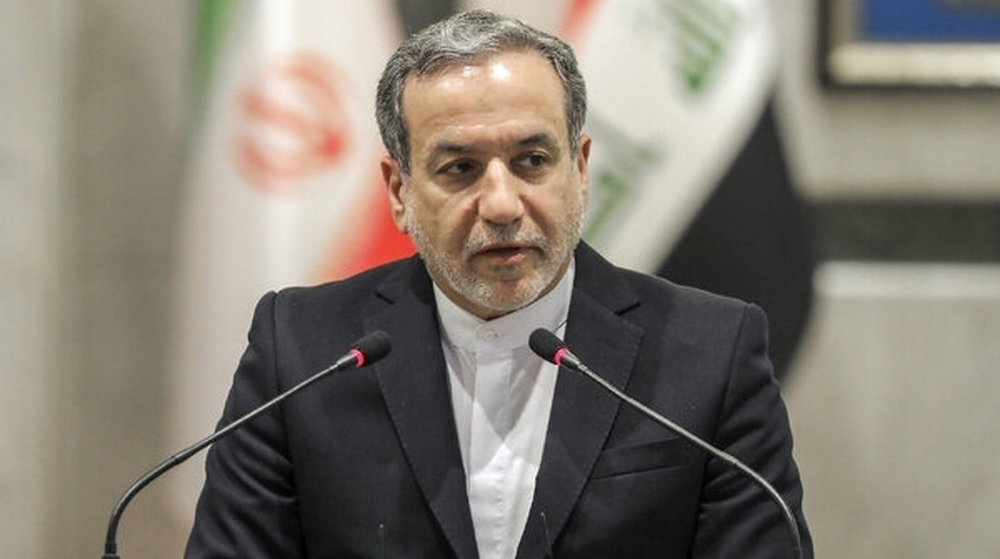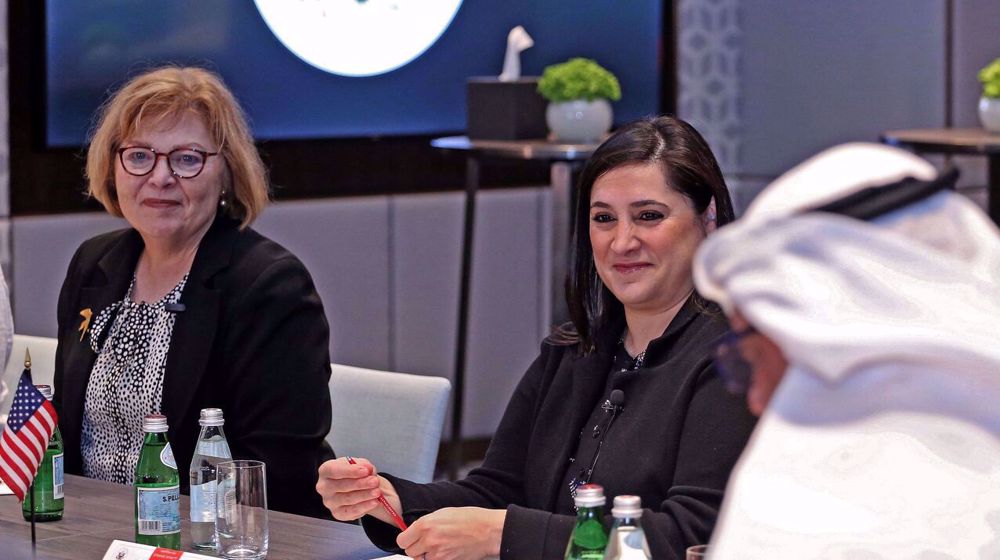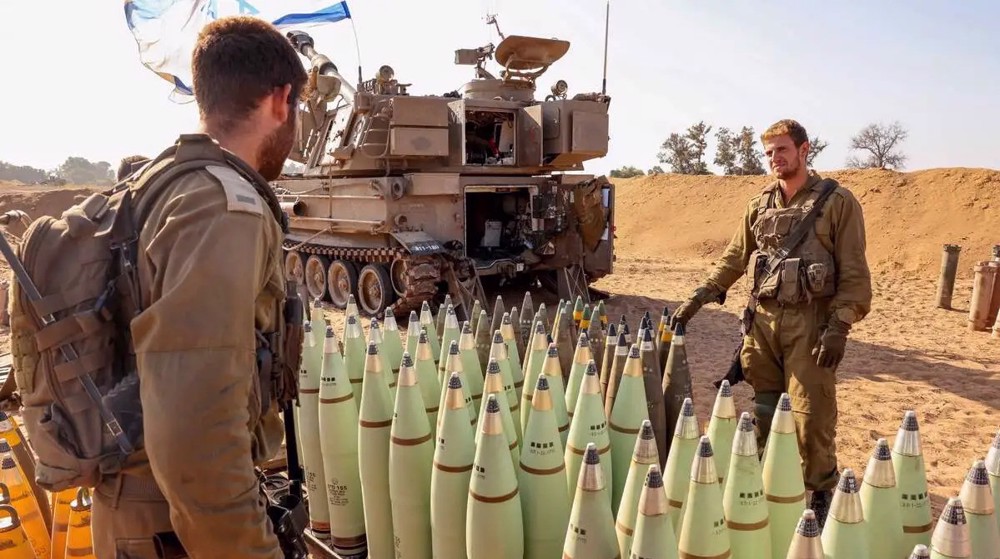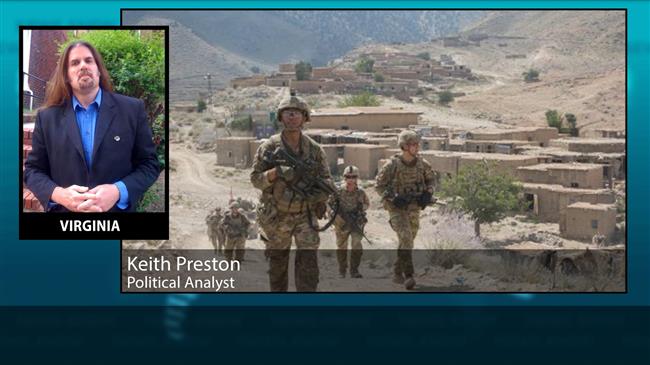US officials divided over CIA’s future role in Afghanistan
Senior US presidential advisers have proposed a secret expansion of the CIA’s role in Afghanistan as the American military may begin a troop pullout per a potential peace deal with Taliban militants in the country, prompting concerns from officials of the spy agency and the Pentagon.
Citing “half-dozen current or former officials briefed on the administration’s discussions” on the matter, The New York Times reported on Monday that officials of the Trump administration want CIA-sponsored Afghan militia groups in the war-torn country to serve as part of a US-backed “counterterrorism force that would prevent the resurgence of” militant groups such as al-Qaeda and Daesh in Afghanistan, in effect providing “an insurance policy.”
According to the report, CIA Director Gina Haspel has raised “logistical concerns” about the plan while other administration officials have underlined that operatives of the US spy agency — who propel and direct their own militia forces across Afghanistan to purportedly hunt down elements of the Taliban, al-Qaeda, and Daesh — mainly depend on the American military “for airstrikes, overhead surveillance, medical support and bomb technicians.”
Skeptics of the proposal have also pointed out that US intelligence agencies do not believe that the presence of Daesh terrorists in Afghanistan “justifies a vast increase in resources given limited budgets,” insisting that Daesh affiliates in the country do not pose “an immediate threat to the West” despite their regular terror attacks against Afghan civilians, the daily said, citing “intelligence officials.”
The issue, the report adds, “could pose an obstacle as American and Taliban negotiators seek a deal to end the longest war in United States history,” pointing out that “the Taliban have made clear that they see little difference between American military troops and CIA officers, and they have insisted in the current peace talks in Qatar that the CIA must leave along with international military forces in the coming months or over the next few years.”
The top US negotiator in the talks, Zaomay Khalilzad, declared over the weekend that the two sides were on “the threshold of an agreement” after the latest round of negotiations — which does not include representatives of the Afghan government. However, they have not directly addressed the issue of the CIA-sponsored militia groups in Afghanistan, according to a source familiar with the negotiations.
The supporters of the plan to expand CIA support for its mercenary forces believe it could address the most potent critique of the peace talks: “that a withdrawal of American forces would leave the United States with little ability to prevent terrorist groups from once again using Afghanistan as a base of operations.”
The Times said that “the disagreement about the future of the CIA in Afghanistan underscores the fault lines within the administration between those who want a final withdrawal and those who fear it would expose the United States to terrorist threats.”
How CIA-sponsored mercenaries operate in Afghanistan
According to the report, CIA-backed militias operate across Afghanistan and are used by the US and the Afghan government to target suspected terrorist and insurgent cells.
“These militias have taken on increasingly dangerous missions in Afghanistan in the past year, seeking out hard-to-find and well-defended terrorist leaders,” the report said citing a former senior Defense Department official.
“They trace their roots to the immediate aftermath of the Sept. 11, 2001, attacks, when the CIA began assembling a patchwork alliance of warlord-led fighting groups to topple the Taliban and pursue Qaeda fighters.”
Following the ouster of the Taliban and the establishment of a new Afghan government, CIA’s shadowy paramilitary force, known as Ground Branch, “began transforming the fighting groups,” the report added.
“Some developed into large, well-trained and equipped militias that initially worked outside the auspices of the Afghan government. The militias were used for sensitive and covert missions, including pursuing terrorist leaders across the border into Pakistan’s lawless frontier territory.”
Many of the CIA-backed militias “now fall under the command of Afghanistan’s own intelligence service, the National Directorate of Security, but there is little doubt they are still advised, and often directed by the CIA.”
Israel admits assassinating Hamas leader, vows to inflict same fate on Yemeni fighters, people
VIDEO | Yemeni forces repel US-British attack, down F-18 Jet
Iran’s capabilities vast; enemy’s ‘maximum pressure’ policies all failed miserably: Senior official
Iran’s economy grew 2.7% y/y in Sep quarter: CBI
VIDEO | Freelancers in Gaza strive to stay online amid genocide
Mikati demands Israel's withdrawal from south Lebanon
Yemeni army strikes Israeli military sites with drones
‘Clock ticking’: UNRWA slams unjustifiable killing of children in Gaza















 This makes it easy to access the Press TV website
This makes it easy to access the Press TV website